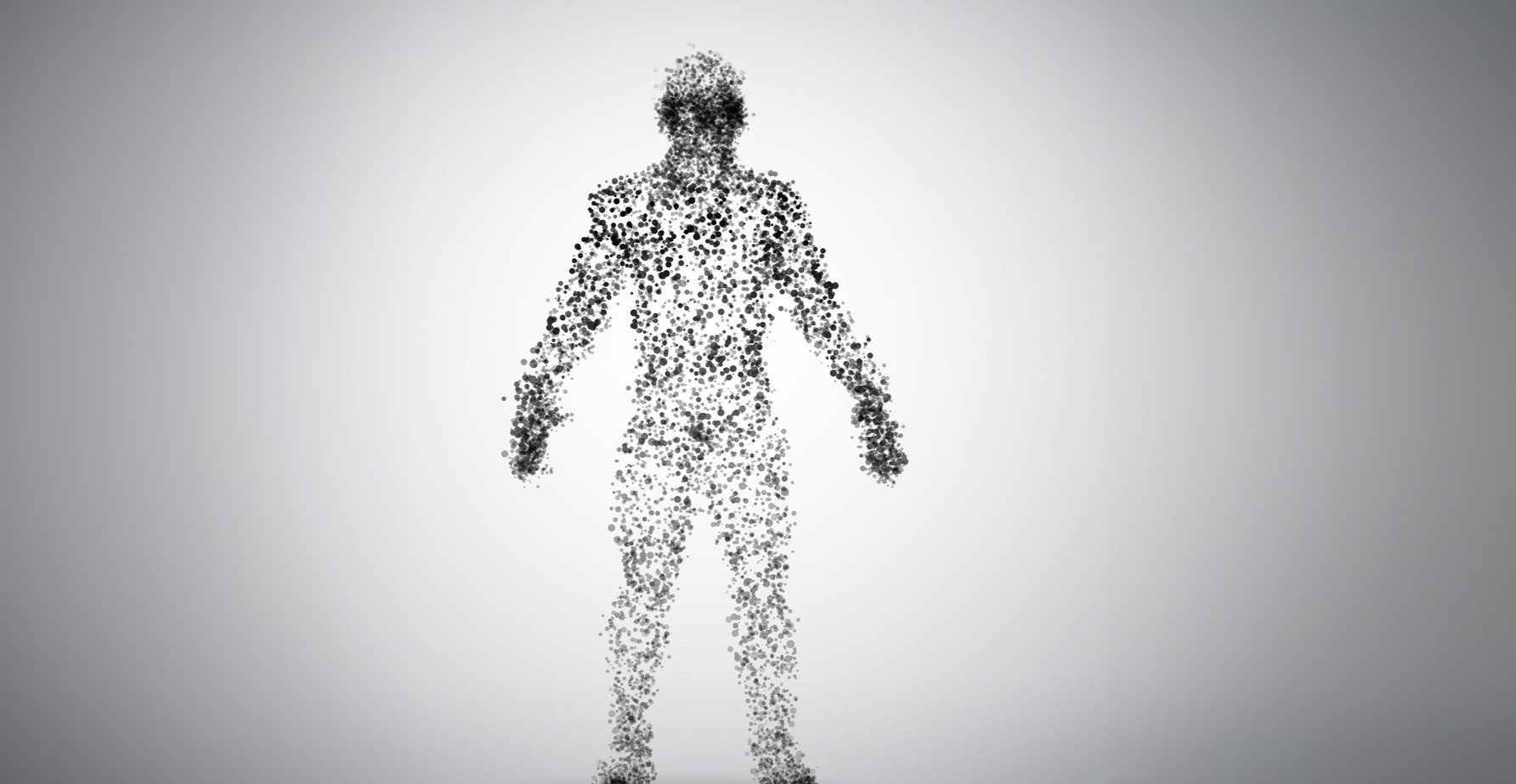
Changing Biomechanics is about Changing Behavior.
Have you ever asked yourself how you move on a day-to-day basis?
The first step to creating a sustainable change is to understand where your mechanics are failing you. Identifying movement dysfunctions such as an anterior pelvic tilt, kyphosis, and knee valgus are just a few components we will look for within a variety of functional contexts. Next, we will work to establish a center-point for your mechanics, a position you will anchor off of and begin from when starting any exercise. We will use technology to our advantage by putting you in front of mirrors and on video camera to see more of yourself, how your body is stacking up, and where we need to place a greater emphasis going forward into step 2.
Expanding Awareness
2. Myofascial Release (MFR)
Myofascial release is a method we use to prepare the body for lasting change. How this is done is through the use of sustained pressure on a particular location on the body. For example, the use of a lacrosse ball on a hip flexor muscle will likely yield a painful response, but through sustained pressure on this “pain point,” the body will respond with increased blood flow to the specific area. As a result, the client will experience an increased range of motion by redistributing tension in the body accompanied with a relaxation response.
To use an analogy to explain this effect, remember applying water to a ball of clay in art class? When the water is applied to the dry clay it frees up the rigidity of the clay through hydration, allowing it to become malleable again. This is similar to what MFR does for your body. This technique will unlock tissues that may have been binded for many years, resulting in a rather potent, sometimes emotional, effect.
3. Corrective Exercise
Breathing is only as effective as your biomechanics. By balancing your mechanics you will allow your body the deep, full breath that it should be capable of repeating over the course of the day. Breathing correctly will build up our base and prepare us for every exercise thereafter - crucial for when things become more stressful.
Corrective exercise is simply any targeted technique designed to stress the body in a particular position where the end result is greater connectivity than before. For example, if a person is displaying a kyphosis (excessive rounding of the upper spine), we may perform an exercise where the intention is to, first, bring the spine into a balanced alignment and, second, hold this new position under various forms of mechanical stress. Perform this over and over again, with greater and greater proficiency, and in time the body will adapt to the demands placed upon it, allowing for better movement quality.
4. Integration of Dynamic Exercise
The integration of all prior steps will culminate here. Dynamic exercise is defined as a pattern of movement, usually involving a rhythm, repeated for a particular number of repetitions. Dynamics will provide the necessary stimuli to create muscular hypertrophy, global re-tensioning, and be the main component that will take a person’s movement quality to the next level.
The choice of dynamics abide by key distinctions unique to you and I. As humans we navigate this reality in all 3 planes of motion, thus, in order for our training to have real life transference we must come as close to reality as possible. Examples of dynamics we commonly use are the contralateral step press, contralateral step row, & the pendulum lunge. These dynamics operate fundamentally different than your traditional presses, rows, & lunges in that they all involve a rotation (3 dimensional reality), a step (to mimic gait), and are initiated & sustained by a biorhythm (as seen in animals in nature).
5. Analyze our Results, Refine, & Repeat
Before we cycle back through our correctives and furthering our awareness we must test the gait cycle. By recording the gait cycle from all angles we will see in live-action detail how the body’s movement patterns have been changing throughout the course of training. From here, we will observe what we see, record the results, and continue to repeat the process as we refine our execution every step of the way.
As we loop through the process we will introduce new variables in order to maximize results. This could be any number of a variety of dynamics, increase in resistance, the use of different exercise tools (i.e landmine, macebells, clubbells), the addition of band feedback mechanisms, and much more. This process is not your typical cookie cutter routine, as you’d find common at most gyms, it is more closely related to the process of learning an instrument. It’s awkward, clunky, and humbling at first, but once the notes come into a melody and music is made, it often produces a beautiful result.
